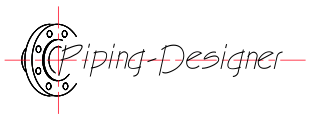Ideal Gas Law Moles
Ideal Gas Law Moles Formula |
||
|
\( n \;=\; \dfrac{ p \cdot V }{ R \cdot T }\) (Ideal Gas Law Moles) \( p \;=\; \dfrac{ n \cdot R \cdot T }{ V }\) \( V \;=\; \dfrac{ n \cdot R \cdot T }{ p }\) \( R \;=\; \dfrac{ p \cdot V }{ n \cdot T }\) \( T \;=\; \dfrac{ p \cdot V }{ n \cdot R }\) |
||
| Symbol | English | Metric |
| \( n \) = Number of Moles of the Gas | \(dimensionless\) | \(dimensionless\) |
| \( p \) = Gas Pressure | \(lbf\;/\;in^2\) | \(Pa\) |
| \( V \) = Gas Volume | \( in^3 \) | \( mm^3 \) |
| \( R \) = Specific Gas Constant (Gas Constant) | \(ft-lbf\;/\;lbm-R\) | \(J\;/\;kg-K\) |
| \( T \) = Gas Temperature | \(^\circ R \) | \(^\circ K \) |

The ideal gas law, PV=nRT, can be rearranged to solve for the number of moles of a gas. This equation reveals that the quantity of a gas, in moles, is directly proportional to the pressure and volume it occupies, and inversely proportional to its absolute temperature. The universal gas constant serves as the proportionality factor. Therefore, at a given temperature, a higher pressure or a larger volume will correspond to a greater number of moles. Conversely, for a fixed pressure and volume, a higher temperature implies a smaller number of moles.

